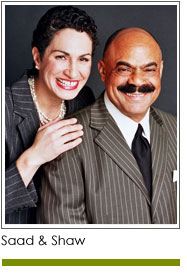 “What another meeting? Are you sure I have to attend????” Does this sound like you? Or maybe this is something you hear when you’re trying to schedule meetings. Let these words be a thing of the past: learn how to increase the value of your meetings.
“What another meeting? Are you sure I have to attend????” Does this sound like you? Or maybe this is something you hear when you’re trying to schedule meetings. Let these words be a thing of the past: learn how to increase the value of your meetings.
Here are four things to consider.
1. Planning. If you are facilitating or leading a one hour meeting, consider allocating three hours to make sure the meeting is a success. “Three hours??? Where will I get that time??” We hear you. But, think about the people who will be attending. Think about the collective cost of their time. Think of what they could be doing. Time is valuable. And when you bring the right people together the value they can bring to a project or concept can be priceless. But, you have to set people up for success.
Take the time to carefully craft an agenda. Let people know the purpose of meeting, and what you want the group to accomplish. If members are to report out or share information, ask them to submit a short overview in advance so it can be included with the agenda that is distributed several days before the meeting. If reports are to be considered, ask for these in advance as well. Some people like to look at things “in the moment” but others prefer to receive items in advance so they can be well prepared to participate at the highest level.
2. Leading and facilitating. You may be the person calling the meeting, but that doesn’t necessarily mean you should do all the talking! Stick to the agenda, and encourage participants to, well, participate. Ask open ended questions. Structure the agenda so different people take the lead on different topics. If you can accomplish what you need through email or phone calls, do that instead. Your leadership style will also depend on the purpose of the meeting: are you sharing information, building rapport, making decisions, seeking input? Be clear.
3. Define next steps. Save time at the end of the meeting to define next steps, agreements and timeframes. Then keep your word and follow through. Send out notes within 24 hours so others are prepared to take action too!
4. Start and end on time. Need we say more?
You can transform your meetings – the results just may amaze you.
Copyright 2018 – Mel and Pearl Shaw
Mel and Pearl Shaw believe in meetings – great minds can achieve the impossible. Let’s just use the time well! Visit us at www.saadandshwww.saadandshaw.comaw.com.











